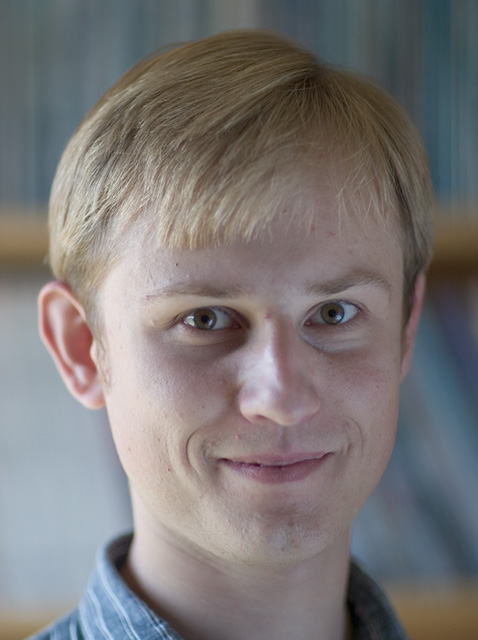


Status: Postdoctoral fellow
Ab initio methods can provide the highly accurate description of electronic structure. However, the computational cost of these methods rapidly increases with the system size. Hybrid quantum mechanics:quantum mechanics (QM:QM) methods provide an efficient alternative approach to the study of large systems. In hybrid methods, a high level of theory is used only for the most important part of the system (this part is often called the model system). The low level method is used for the rest of system. ONIOM method of Morokuma and co-workers is a popular hybrid scheme that uses the extrapolation to estimate the total energy. The substantial disadvantage of conventional ONIOM is that the model system calculations do not account for the electronic structure in the rest of the system.
We are developing an electronic embedding scheme for (QM:QM) ONIOM. In electronic embedding, the model system wavefunctions are polarized by the electronic density from the low-level region. To reduce the computational cost for large systems, we use a fitting scheme, in which the low-level region density is expanded in an auxiliary basis set. We also propose an efficient approach for the evaluation of analytic gradients for density embedding. This approach requires a solution of only the single set of response equations.
Constrained density functional theory (CDFT), proposed by Qin Wu and co-workers, provides an efficient way to control the charge and spin state in DFT calculations. We are working on the application of CDFT to catalysis with transition metal complexes.